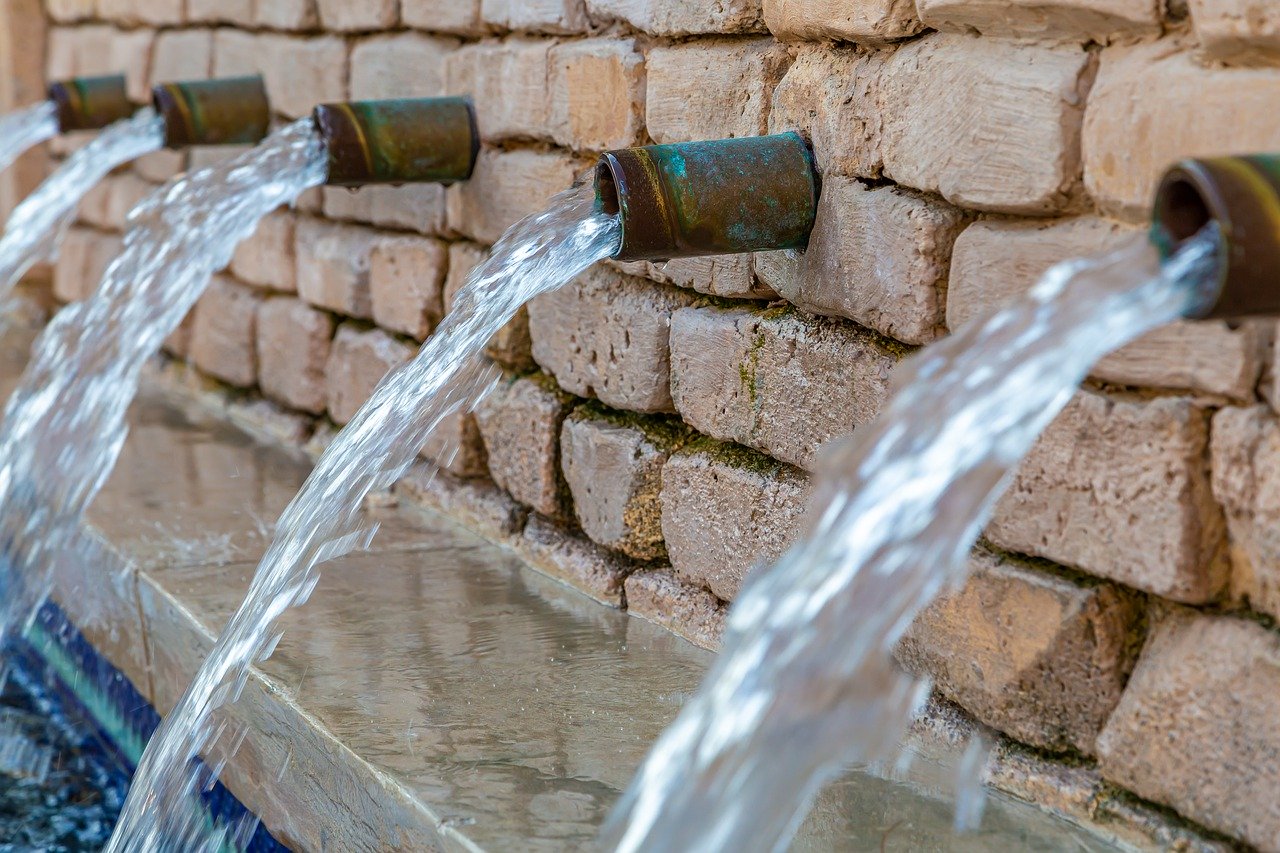I have a friend who has a Distilled Water Store. They have self-refill stations for 5 Gallon plastic bottles.
He is expanding and I thought a nice project would be a way to dispense 5 gallons with a flow decrease for the last 1/2 Gallon.
The bottles need decreased flow at end due to neck of the bottle.
I was thinking of using Pi3/4's GPIO and a digital flow meter with perhaps a throttling valve.

 tutorials-raspberrypi.com
Perhaps a green button to start the fill cycle. Red button for halt.
tutorials-raspberrypi.com
Perhaps a green button to start the fill cycle. Red button for halt.
Anybody mess with similar FreeBSD GPIO flowmeter projects?
It is beyond my capabilities but I might have to start with the flowmeter. See accurate it actually is.
Real digital flowmeters are much more in price but include an LCD to show reading in addition to digital output.
He is expanding and I thought a nice project would be a way to dispense 5 gallons with a flow decrease for the last 1/2 Gallon.
The bottles need decreased flow at end due to neck of the bottle.
I was thinking of using Pi3/4's GPIO and a digital flow meter with perhaps a throttling valve.

Reading out a Flow Meter/Water Flow Sensor on the Raspberry Pi
How is a water flow sensor programmed on the Raspberry Pi? To use the flow sensor/flow meter, a small Python code script is sufficient ...
Anybody mess with similar FreeBSD GPIO flowmeter projects?
It is beyond my capabilities but I might have to start with the flowmeter. See accurate it actually is.
Real digital flowmeters are much more in price but include an LCD to show reading in addition to digital output.

